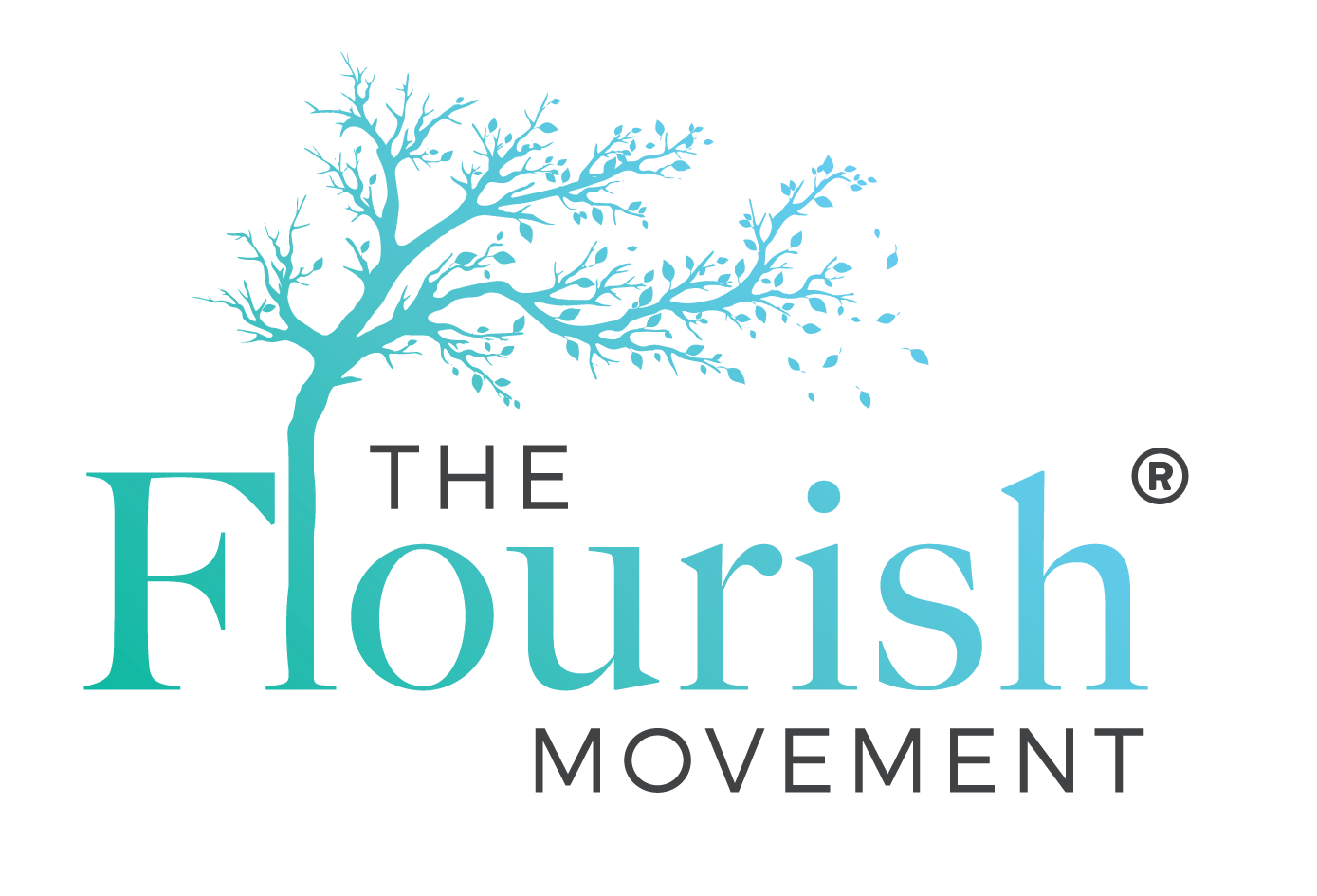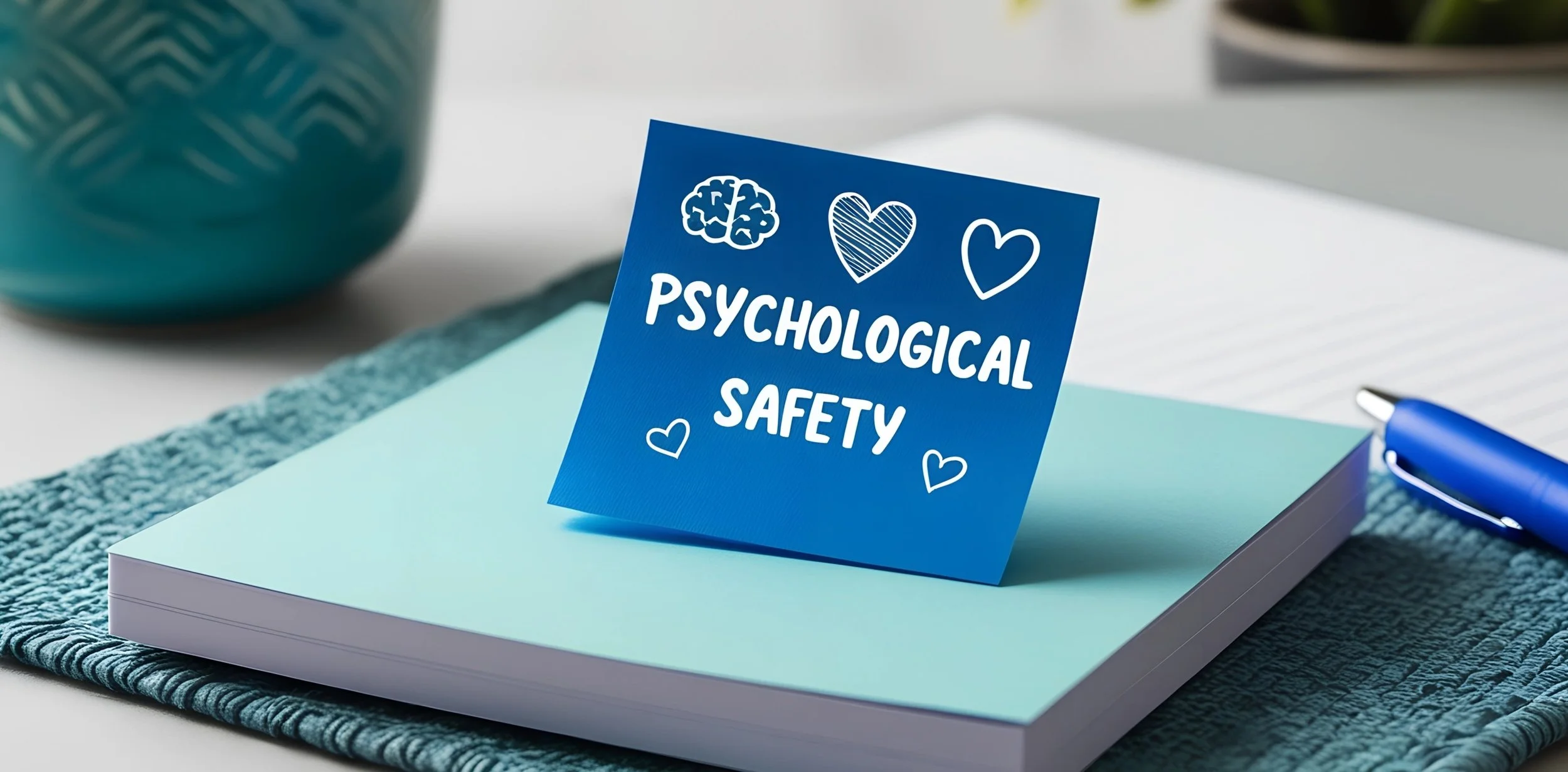Understanding Psychosocial Hazards in your school
I was doing some leadership work with a group of executives in a corporate organisation, and we were discussing the various elements of leadership. A guy towards the back of the room chimed in and said “Remember when you just had to be good at your job, what the hell happened to that? My actual job is where I spend the least amount of time.” Initially we all laughed due to the humour of it, but we very quickly became quiet and pondered on what he had said because it was in fact incredibly profound. This statement summarises the reality for leaders today, their jobs are getting broader and broader.
We have some good news and some bad news for you. The bad news is that there is another task to add to your leadership load, which is the psychosocial safety of the people in your school. The good news is this article is (hopefully) going to make that task far simpler for you.
Let’s get into it!
In Australian schools, the landscape of workplace safety has evolved beyond physical hazards. The introduction of new workplace, health and safety regulations in Australia, such as those outlined in the Work Health and Safety Act 2011 (try to stay awake), highlight the growing responsibility of employers, including school leaders, to manage and mitigate factors in the workplace that may cause psychological harm. As if you didn’t have enough to do.
Let’s look at what this means in practice for schools, where the environment is already high-pressure and complex.
What are Psychosocial Hazards?
Psychosocial hazards refer to aspects of work design, organisation, and management that can lead to stress, burnout, or other mental health issues. In schools, these might include:
High job demands: Unrealistic workloads, working long hours and staff shortages.
Poor support systems: Inefficient systems and processes, lack of supervisor and colleague support and/or an unsupportive school culture.
Low job control: Limited autonomy in decision-making or lack of input in school decisions, as well as no control over where and how they spend their time.
Workplace conflict and violence: Bullying, harassment, or even physical or verbal abuse from students, parents, or colleagues.
Lack of recognition and feedback: Unfairness and lack of transparency when giving someone recognition. No constructive feedback is being provided, which limits development opportunities for staff.
Ignoring psychosocial hazards can have devastating consequences for school staff and students. When teachers and staff experience stress or burnout, it can lead to higher absenteeism, decreased engagement, and even resignations, adding to the pressures of an already struggling system. For students, while the impact is indirect, it is still worth considering as the culture and mental health of school staff can significantly influence the learning environment that the students are immersed in. For school leaders, addressing these hazards is both a legal responsibility and a moral imperative.
What tangible things can you do to address Psychosocial Hazards?
1. Assess Risks Regularly: Use surveys and other tools to identify and assess risk among staff.
2. Promote Open Communication: Foster an environment where staff feel safe to speak up and voice concerns. This stops “Surface acting” where people hide their true feelings. Transparency and vulnerability in leadership also massively builds trust, making staff feel more comfortable about sharing their experiences.
3. Provide Adequate Resources: Ensure teachers and staff have access to the materials, training, and support needed to perform their roles effectively.
4. Create a Supportive Culture: Invest in the culture of your school. There are a lot of things you can do to dramatically improve culture. May we recommend you check out episode 2 and 8 of Season 1 of The Flourish Movement podcast? Principals Rebecca Challenor and Melissa Proctor share some incredible strategies for you to get started.
5. Encourage Work-Family Balance: Role model and encourage staff and assure them that it is okay to disconnect outside school hours and focus on their personal lives and their loved ones.
6. Address Workplace Conflict and Violence: Ensure you have clear policies and processes in place to handle conflict and violence amongst or against staff.
7. Lead by Example: As a leader, it is important that you model self-care and work-family balance. Leaving on time, taking holidays, using your sick leave when needed. Your actions set the tone for your school’s culture. They will literally copy your behaviour.
As a school leader, addressing these hazards requires both strategic planning and day-to-day attentiveness. By prioritising the mental health and wellbeing of your staff, you’re creating a better and stronger school community, which ultimately leads to better student outcomes. This will also save you time in the long run as reducing psychosocial hazards means less time having to solve cultural issues.
So, take the time to reflect: Have you identified and acted on the psychosocial hazards in your school? If not, there’s no better time to start than now.
P.S. Keep an eye out for new episodes of The Flourish Movement podcast, as later this month we will release a new episode with a school principal doing an exceptional work at her school around Psychosocial Hazards.

